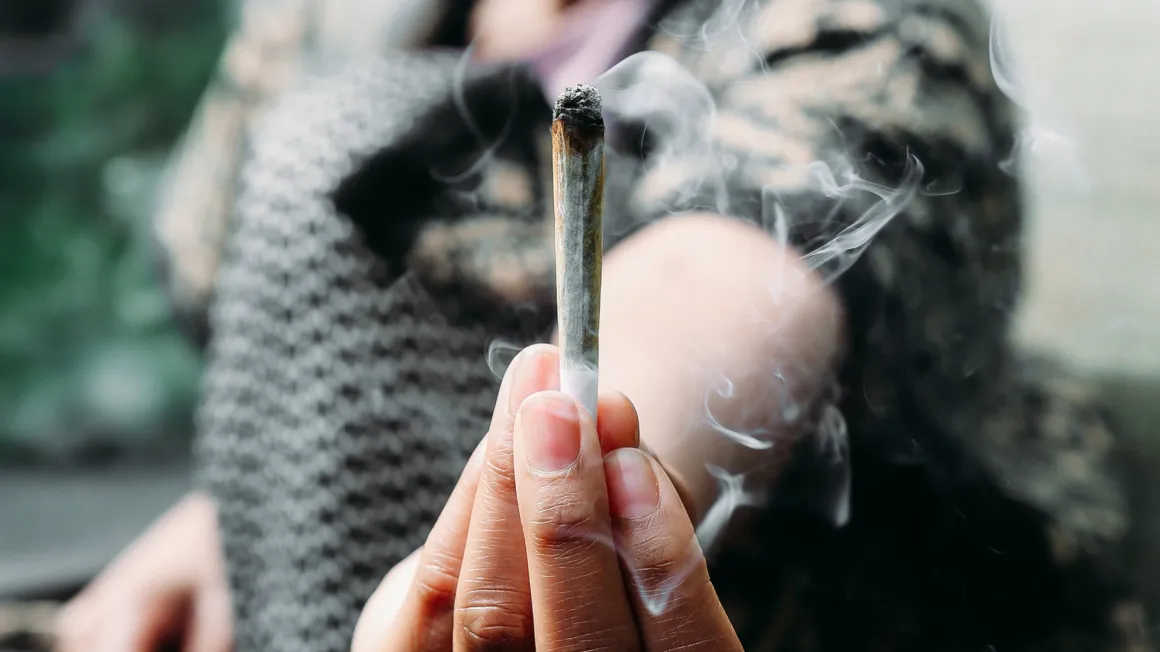As the use of cannabis becomes more widespread, more and more adults are trying the herb for the first time. If you are among those considering to do so, it is wise to do your research on what to expect and what to avoid. A recent study revealed that 44% of adults have tried cannabis, and this number continues to grow. By being informed and hearing stories from others, you can make a well-informed decision about whether or not to try it, and have a positive experience if you do.
Misconceptions about cannabis use have been perpetuated for nearly a century due to anti-drug education campaigns and propaganda. For example, popular misconceptions include that smoking weed will cause you to hallucinate, forget your identity, or lead to promiscuity or violence. However, these claims have been debunked by science and users alike. What you can expect during your first time with cannabis is likely to be much less intense than what you have heard. Most people experience a mild feeling of euphoria, relaxation, and increased appetite.
Tips for a Successful First Time with Cannabis
Here are some tips to make your first time with cannabis enjoyable:
- Choose a comfortable and familiar setting, such as your home, with friends you trust.
- Avoid combining cannabis with other drugs, such as alcohol, as they can have cumulative effects and cause nausea.
- Start slowly, you can always consume more later if needed.
- Do not attempt to drive or engage in any other potentially dangerous activities while under the influence.
- Familiarize yourself with how cannabis affects you before trying it in public or at parties.
- Finally, let go of any reservations and simply enjoy the experience.
What to Do If You Don't Feel High
Some first-time cannabis smokers report not feeling any effects and are disappointed by their expectations. It is not uncommon for novice smokers to absorb less than 10% of the THC, due to inhaling technique. Unlike experienced smokers who absorb 28% of THC, novice smokers often smoke like a cigar instead of inhaling deeply into the lungs. If you don't feel anything, try again but breathe deeply. A double inhale can help, where you inhale the smoke, hold it briefly, and inhale again before exhaling. You may also find that using a vaporizer is gentler on your throat and lungs.
The Science Behind Smoking Cannabis: What Happens to Your Body
The effects of smoking cannabis vary greatly from person to person, and can also depend on the strain and method of consumption. However, there are some general physiological effects that most users can expect. These include an increased pulse rate, slightly lowered blood pressure, redness in the eyes, decreased muscle strength, heightened appetite, enhanced sensory perception, and dry mouth. These effects should not cause alarm, and are simply the body's natural response to the substance.
The psychological effects of cannabis also vary greatly between users and strains. Some people report feeling more open, creative, and connected to others, while others may feel lazy, paranoid, or introverted. These effects can be influenced by individual biology and the type of cannabis consumed. Cannabis is generally categorized into two main types: Sativa and Indica. Sativa strains are associated with a more energetic high that stimulates the mind and increases creativity, while Indica strains are attributed to relaxation, slowed thinking, increased appetite, and reduced anxiety. Each user may prefer one type over the other, or switch between types based on the time of day or mood.
In conclusion, smoking cannabis for the first time can be an enjoyable experience with the right preparation and understanding. Keep in mind that everyone's experience is unique.

